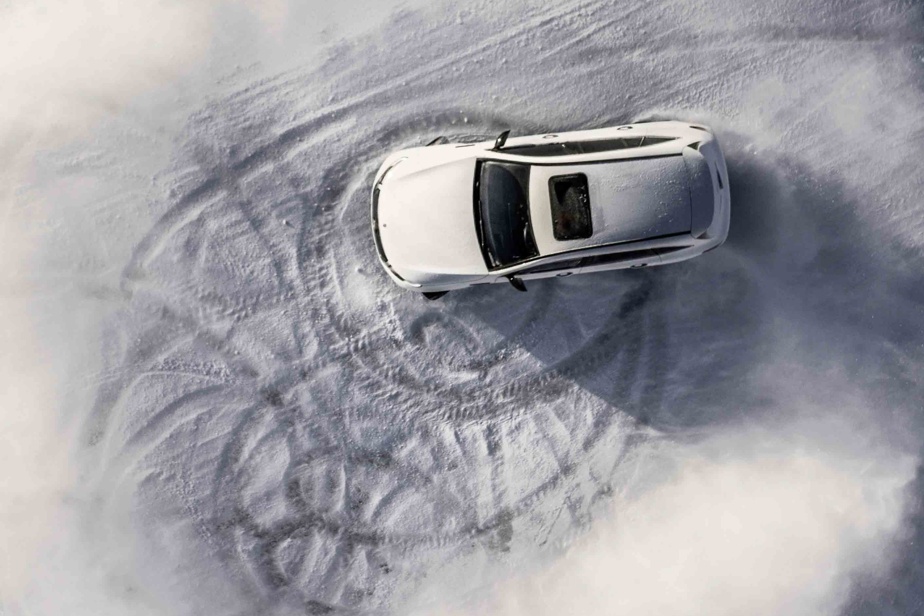In winter, on public roads, skidding often reflects poor driving technique. This may shock you, but it’s true. The smartest will retort that skidding is almost no longer possible these days due to the numerous electronic crutches that equip our vehicles. They are not entirely wrong, but this reasoning does not always hold water on icy or snowy roads. If the tires lose contact (remember that their individual surface area is equivalent to the palm of a hand), these guardian angels will be of no help to you. Hence the importance of not skimping on the quality of tires.
The problem with these safety features is that they give many motorists a false sense of invulnerability. Many drivers are generally overconfident, to the point of forgetting the immutability of the laws of physics and the other vehicles around them. However, experts all agree that the presence of these aids in no way justifies a relaxation of vigilance while driving. There are more than one who believe that with all-wheel drive, you can negotiate a snowy curve at a higher speed or even be able to brake later because of the anti-lock system (ABS).
We cannot really judge our attitude, our reflexes and our know-how until we have experienced a slip-up, a loss of control.
The proof is that when their vehicle goes sideways, some motorists brake. Others accelerate. Whereas you have to concentrate your efforts on the steering wheel and try to correct the trajectory. We have little time to react before the vehicle forms a square with the road. Then it’s too late. The vehicle does what it wants.
On snow, you must remember at all times that the wheels which support the vehicle are moving on a surface that is too soft. At the slightest tire-ground discrepancy, you lose your grip and go sideways. It’s a law of physics.
Grip on snow must be a relationship of trust between the vehicle and the motorist. We must not rush anything.
We must interact delicately with the steering wheel and pedals. If, however, it is necessary to recover the lost front or rear axle, the movements of the arms must be ample and precise, but not abrupt, otherwise it could cause other drifts. At the controls, you have to be relaxed and anticipate. Since one cannot act suddenly, any emergency situation must be avoided. Safety distances must be increased.
Winter driving also requires good visibility. Therefore, it is essential to clear your car of snow or frost. Once this task is completed, you must ensure that the passenger compartment is properly defogged. Finally, you have to adjust your driving position (you now have to deal with a big coat and boots). We don’t wallow in our seats. The shoulders must stick to the backrest and the arms, almost straight, must be able to touch the top of the steering wheel rim.
